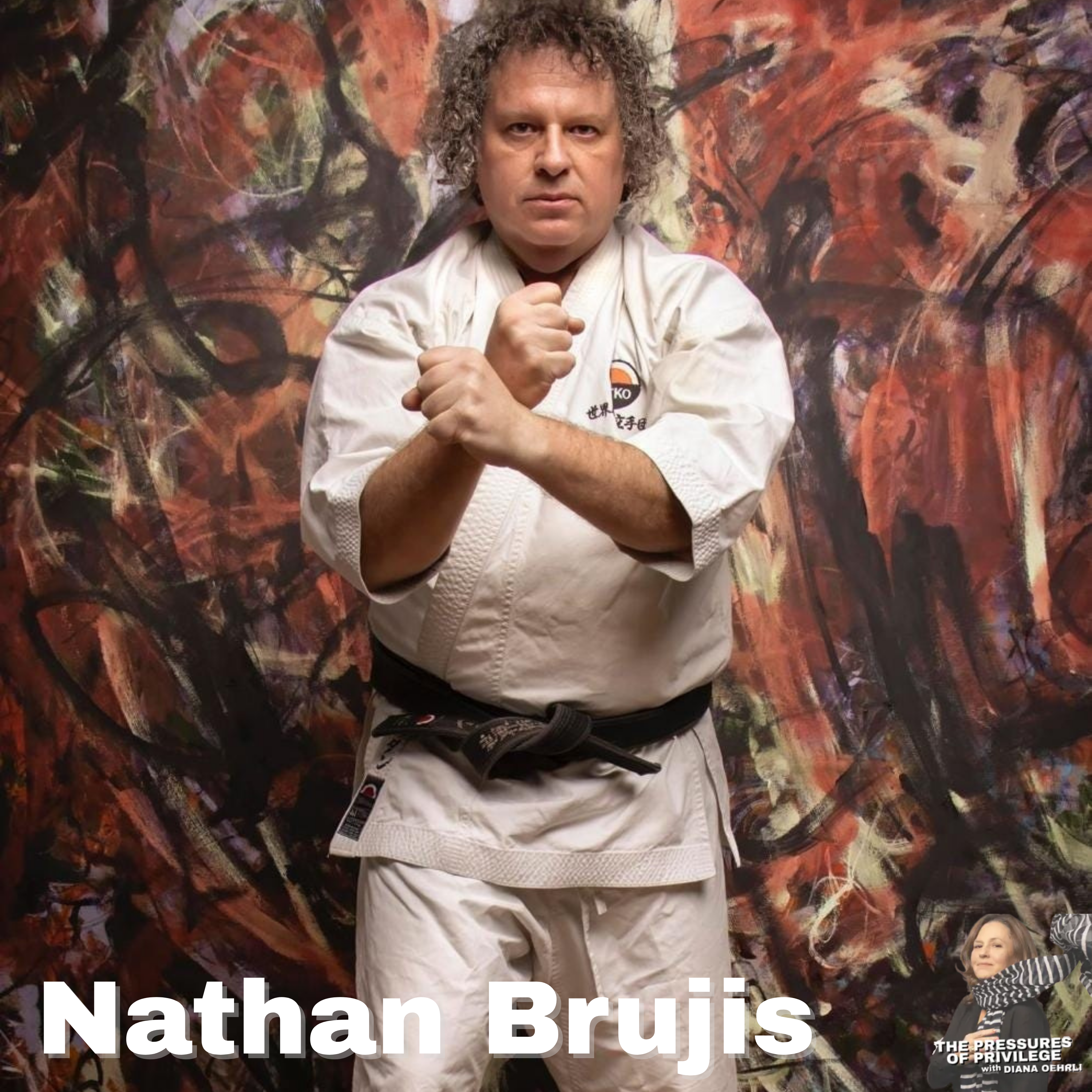Episode Transcript
[00:00:01] Turning Problems into Breakthroughs One of my life's biggest breakthroughs came as a result of problems. Due to a misinterpretation of a legal document, I was denied trust, income and employment at my family's real estate business, making me the outlier, the only one out of a dozen individuals excluded from financial support. The consequence? I threw myself into journalism.
[00:00:24] Years later, the breakthrough arrived. The the skills I had accumulated through work enabled me to get a position within the family trust and eventually to organize a family mediation, ultimately ensuring that females received a fair share of the business's planned liquidation. All those years of chopping wood and carrying water resulted in a skill set and grit that I'm glad I have today.
[00:00:45] Fast forward more than a decade. Every six months I list my problems, though I've never reached 99 like in Hugo's song, because I recognize them as potential opportunities.
[00:00:56] Everyone has problems. Problems are challenges, puzzles, obstacles, doubts, tangles, transitions or difficulties, and they are universal. As much as I see problems in a positive light, I still try to reduce them.
[00:01:10] Each transition comes with a huge task list and this can lead to overwhelm. The best way to minimize problems is through self care.
[00:01:18] When I quit drinking alcohol back in 2006, my life got easier and I had fewer problems. Conflicts with loved ones dissipated, my bloat disappeared, my depression lifted. I kept promises to myself and I had the energy to declutter my home. I started to focus on things I could control.
[00:01:34] The dopamine high I got from organizing and feeling in control of my life was wonderful. I became drunk on control.
[00:01:42] Control worked until it didn't. Unlike alcohol, I couldn't cut it out entirely though. Much like other process addictions like sex and food, we have to learn to moderate these things and find limits that work for us individually.
[00:01:54] Control is on a continuum. On the far left we have spontaneity and on the right, absolute control. I want to be somewhere in the middle as either side doesn't feel right. On the left I feel fear. On the right I feel suffocated and stuck.
[00:02:08] To do this, we have to find our limits. Our bright lines.
[00:02:12] Now we take a break for a quick advertisement. Are you in 12 step recovery and feeling overwhelmed by the balance between work, life and recovery. Join our supportive community dedicated to finding solutions and achieving breakthroughs. Weekly meetings Every Monday at 1pm gain clarity, share insights and take steps toward a more fulfilling and balanced Life.
[00:02:33] Go to DianaOcoaching.com minimizing back to our article Minimizing Problems. My coaching school teaches the following integrity + boundaries + standards = free zone. When I apply this to flying a plane, which I learned to do when I was 25, you get integrity adhering to your values as a pilot. The value would be to prioritize safety above all else boundaries, ethical and professional limits such as pre flighting the plane, using the checklist, skipping no steps and not flying if one instrument is out.
[00:03:09] Standards following the rules and best practices like getting at least eight hours of sleep before a flight. When you combine these three elements, you create a foundation that ensures that were a problem to occur mid flight, you would be able to address it exclusively without having to juggle other problems and possible other problems piling up using the Designing your life framework 1. Make a list of all of your problems. 2. Define them. Look for patterns.
[00:03:35] Imagine you're doing a puzzle. Group similar pieces together. Look for synergies. Multiple problems have similar solutions.
[00:03:43] Gravity problems? These are unchangeable. Focus on adaptation or acceptance.
[00:03:49] Bill Maher on how people perceive the rich Anchor problems. These are problems for which you are fixated on one solution.
[00:03:58] Creating a foundation is the only way to fulfill one's philanthropic desires.
[00:04:02] Reframe or explore alternatives Donor advised funds ask why 5 times use mind maps ideate 3 ideate possible solutions draw 3 life designs or Odysseys. Click here to see my Costa Rican Community center and Sanctuary Odyssey.
[00:04:19] 4. Prototype around potential life designs Create a business plan. Interview people. Rent an apartment in the neighborhood to see if you could envision living there, etc. 5. Test your ideas for ultra high net worth individuals facing unique challenges from legacy planning to decision overload. Sharing these issues with just anyone can lead to isolation. Hearing that's a first world problem is dismissive and shaming. Instead, seek professional guidance from someone who understands the cultural context and offers an unbiased perspective.
[00:04:49] If you're ready to turn problems into breakthroughs, consider the focus on personal development.
[00:04:55] Engage in hobbies and small pleasures. Avoid energy draining people and situations. Maintain reserves of cash, time and energy.
[00:05:02] Redirect energy toward meaningful projects. Delegate or eliminate unnecessary problems. Practice self compassion instead of blame. By transforming how you approach problems, you can uncover opportunities for breakthroughs. Design your life with intention. Embrace solutions and watch your challenges become the foundation for your success.






